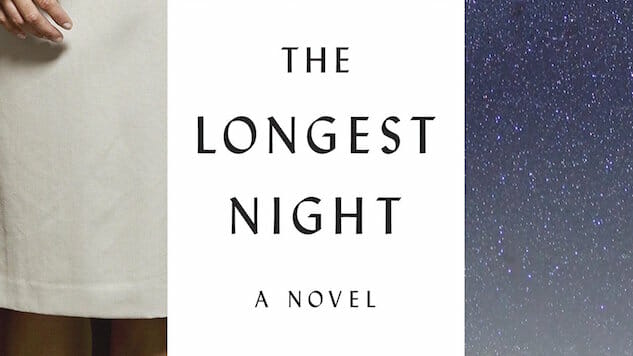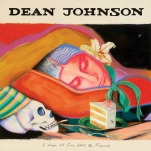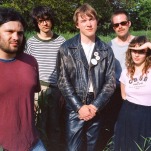The Longest Night by Andria Williams

As a novel largely concerned with dislocation and discontent in the face of an immutable code of social conduct, Andria Williams’ The Longest Night delivers a poignant and convincing portrait of Cold War-era marriage. Set in 1961 in Idaho Falls, a quasi-military town, the novel ventures inside the minds of two army wives and an Army Specialist, who has moved his family to eastern Idaho to work at an experimental nuclear reactor.
Socially, The Longest Night operates in two distinctly separate spheres. First is the remote, walled-off world of the reactor and the province of men—the worst of them drunk, distracted, misanthropic and menacing. Second is the catty, secretive circle of army wives, made only more suspicious of one another by their sparseness in a town with a relatively small military population. We gain much of our insight into their world through Jeannie, a “seasoned” Master Sergeant’s wife who dominates the social whirl of army wives while her womanizing, alcoholic husband runs the crew at the reactor.
 Paul, the new Army Specialist, and his wife Nat arrive in Idaho Falls and are “assigned to live in a small yellow house” in a town where “military families lived scattered among civilians.” They’re reasonably optimistic about their new adventure but demonstrably ill-equipped to meet the challenges that immediately present themselves: isolation, social protocols and the dysfunctional dynamic of the men in charge of the nuclear site. So keen on coasting to retirement, these men refuse to acknowledge a dangerously defective reactor.
Paul, the new Army Specialist, and his wife Nat arrive in Idaho Falls and are “assigned to live in a small yellow house” in a town where “military families lived scattered among civilians.” They’re reasonably optimistic about their new adventure but demonstrably ill-equipped to meet the challenges that immediately present themselves: isolation, social protocols and the dysfunctional dynamic of the men in charge of the nuclear site. So keen on coasting to retirement, these men refuse to acknowledge a dangerously defective reactor.
In both Paul and Nat we find echoes of Frank and April Wheeler in Richard Yates’ classic novel of late-1950s suburbia, Revolutionary Road. Particularly for Paul, their marriage seems fraught with the micro-frustrations and debilitating moment-to-moment failures of two young marrieds unable to communicate their most basic desires to each other.
-

-

-

-

-

-

-

-

-

-

-

-

-

-

-

-

-

-

-

-

-

-

-

-

-

-

-

-

-

-

-

-

-

-

-

-

-

-

-

-








































